Losing more than £1bn from a £2.6bn turnover would be catastrophic for most businesses, but senior figures at the Landmark Cash and Carry buying group insist Bestway’s decision to leave is not the body blow many would imagine.
Steve Parfett, chairman of Landmark and managing director of one of its largest members Parfetts Cash and Carry, acknowledges: “The loss of Bestway is not great news for Landmark. You would be foolish to claim that it was.” But he believes the benefits members get from being a part of the group can still be maintained.
One of the most important functions of any buying group is using the combined financial muscle of its members to obtain improved terms for them, but Parfett insists the slimmed down group should not have to put up with poorer terms, provided Landmark is able to improve the services it offers. Manufacturers agree. One says: “Of course size is important, but what’s also important is what a buying group contributes to product distribution and in store standards.
“How hard is it prepared to work with suppliers to keep products on shelf and how much attention does it pay to display, distribution and retail advice?”
Parfett says manufacturers are likely to offer favourable terms if Landmark seeks to work more closely with them on issues such as category planning and promotions: “We will find these things easier to deliver with a group of like-minded members.”
And he says Landmark could make things easier for manufacturers by ensuring its members all work with the same technology to order products and track sales: “We could make better use of sales information, working with suppliers more collaboratively to analyse sales data more quickly and effectively.”
He adds that this approach accords with Landmark’s Wholesale Vision: “This is about getting away from the old deal-based mentality, working more co-operatively with suppliers to ensure we have the right stock at the right time and in the right proportions.”
Parfett says there are ways Landmark
could improve its service to customers in order to retain their business. He believes it needs to rethink the concept of retailer clubs: “We haven’t made enough of this in the past, but if we did, we could rival Booker’s Premier programme.”
Robert Lowe, managing director of Hyperama and another Landmark board member, plays down the effect of losing Bestway’s financial muscle. “The other 60% is still there and the income generated tends to be distributed on a pro-rata basis so it won’t have any significant adverse impact on individual members.”
Landmark managing director Martin Williams sees significant future potential for customers and manufacturers alike in Landmark’s Hot House project.
The buying group launched the scheme in 18 pilot stores in the West Midlands last year, using a web-enabled EPoS system developed by Smartertrader to track product sales.
“We have just finished the test project stage,” says Williams. “We signed up several major suppliers to support the programme and the results have been fantastic.
“We have now employed a project controller to look after it and there will be a national roll-out from January.”
The scheme is intended to provide retailers with a guide which would offer them a range of products tailor-made to the buying habits of local consumers who use their store.
Williams also says the departure of Bestway will bring the remaining members closer together. “I believe we will be stronger for this.” Lowe adds: “Everyone is viewing this very positively. This will allow Landmark to concentrate on its core business and enable us to move forward as a united group.”
Williams is keen to stress that Landmark and Bestway worked well together. But had the relationship continued, there could have been considerable friction. Both Landmark and Bestway have separate own brands and Bestway has its own retail business, Best-One. So independent was Bestway that it kept largely separate from Landmark’s central distribution operation, central new product listings and its Executive Information System. Consequently, its contributions to central operating costs were limited.
Williams also believes Bestway’s presence may have hindered recruitment to the group. “Bestway’s departure may open the door for other members to join Landmark. Before, they might have thought they would be small fish in a big pond, even though we have always had a policy of no favourites.”
There have been periodic spats between Landmark and its rival buying group Nisa-Today’s, with the latter suggesting it would be best for the independent sector to pool resources in a single buying group.
Landmark has resisted the overtures, and although the two sides have been less antagonistic lately, Williams does not believe Landmark has to throw in the towel. “You can never say never, but there is no interest at the moment.”
Nisa-Today’s is remaining quiet about Landmark’s loss, but nevertheless, many in the industry believe unification is inevitable.
Significant differences between the groups make it unlikely in the short term, but Landmark must work hard to prove to members and the independent sector that it has a role to play in the future.
Steve Parfett, chairman of Landmark and managing director of one of its largest members Parfetts Cash and Carry, acknowledges: “The loss of Bestway is not great news for Landmark. You would be foolish to claim that it was.” But he believes the benefits members get from being a part of the group can still be maintained.
One of the most important functions of any buying group is using the combined financial muscle of its members to obtain improved terms for them, but Parfett insists the slimmed down group should not have to put up with poorer terms, provided Landmark is able to improve the services it offers. Manufacturers agree. One says: “Of course size is important, but what’s also important is what a buying group contributes to product distribution and in store standards.
“How hard is it prepared to work with suppliers to keep products on shelf and how much attention does it pay to display, distribution and retail advice?”
Parfett says manufacturers are likely to offer favourable terms if Landmark seeks to work more closely with them on issues such as category planning and promotions: “We will find these things easier to deliver with a group of like-minded members.”
And he says Landmark could make things easier for manufacturers by ensuring its members all work with the same technology to order products and track sales: “We could make better use of sales information, working with suppliers more collaboratively to analyse sales data more quickly and effectively.”
He adds that this approach accords with Landmark’s Wholesale Vision: “This is about getting away from the old deal-based mentality, working more co-operatively with suppliers to ensure we have the right stock at the right time and in the right proportions.”
Parfett says there are ways Landmark
could improve its service to customers in order to retain their business. He believes it needs to rethink the concept of retailer clubs: “We haven’t made enough of this in the past, but if we did, we could rival Booker’s Premier programme.”
Robert Lowe, managing director of Hyperama and another Landmark board member, plays down the effect of losing Bestway’s financial muscle. “The other 60% is still there and the income generated tends to be distributed on a pro-rata basis so it won’t have any significant adverse impact on individual members.”
Landmark managing director Martin Williams sees significant future potential for customers and manufacturers alike in Landmark’s Hot House project.
The buying group launched the scheme in 18 pilot stores in the West Midlands last year, using a web-enabled EPoS system developed by Smartertrader to track product sales.
“We have just finished the test project stage,” says Williams. “We signed up several major suppliers to support the programme and the results have been fantastic.
“We have now employed a project controller to look after it and there will be a national roll-out from January.”
The scheme is intended to provide retailers with a guide which would offer them a range of products tailor-made to the buying habits of local consumers who use their store.
Williams also says the departure of Bestway will bring the remaining members closer together. “I believe we will be stronger for this.” Lowe adds: “Everyone is viewing this very positively. This will allow Landmark to concentrate on its core business and enable us to move forward as a united group.”
Williams is keen to stress that Landmark and Bestway worked well together. But had the relationship continued, there could have been considerable friction. Both Landmark and Bestway have separate own brands and Bestway has its own retail business, Best-One. So independent was Bestway that it kept largely separate from Landmark’s central distribution operation, central new product listings and its Executive Information System. Consequently, its contributions to central operating costs were limited.
Williams also believes Bestway’s presence may have hindered recruitment to the group. “Bestway’s departure may open the door for other members to join Landmark. Before, they might have thought they would be small fish in a big pond, even though we have always had a policy of no favourites.”
There have been periodic spats between Landmark and its rival buying group Nisa-Today’s, with the latter suggesting it would be best for the independent sector to pool resources in a single buying group.
Landmark has resisted the overtures, and although the two sides have been less antagonistic lately, Williams does not believe Landmark has to throw in the towel. “You can never say never, but there is no interest at the moment.”
Nisa-Today’s is remaining quiet about Landmark’s loss, but nevertheless, many in the industry believe unification is inevitable.
Significant differences between the groups make it unlikely in the short term, but Landmark must work hard to prove to members and the independent sector that it has a role to play in the future.




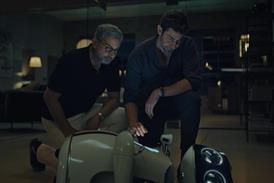




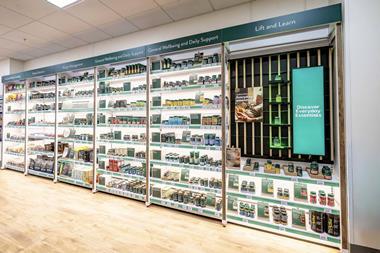
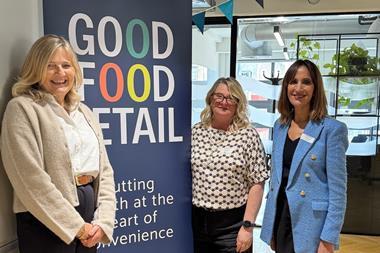
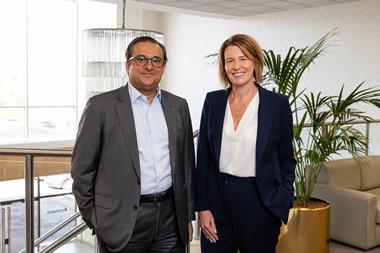
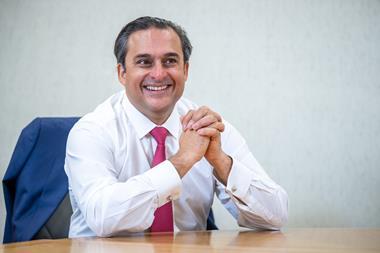


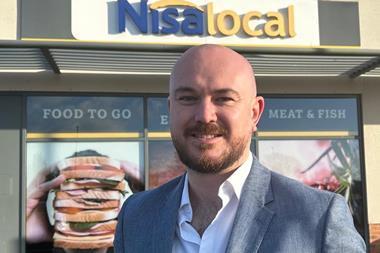



No comments yet